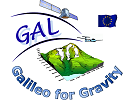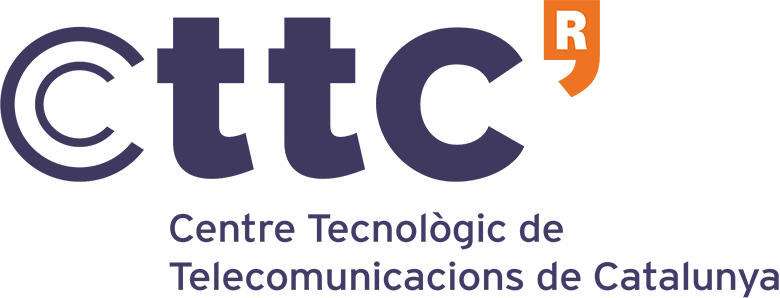
End: 20/02/2014
Funding: European
Status: Completed
Geodesy and Navigation (GEON)
Acronym: GAL
Call ID: FP7-287193
Code: 287193
Background
Since the last two decades airborne gravimetry has been considered the most efficient and cost effective technique to provide accurate high-resolution gravity data, also in regions that lack good data coverage and that are difficult to access otherwise.
It is therefore an ideal technique to complement ongoing satellite gravity missions and establish the basis for many applications of regional gravity field modeling.
Nowadays, a stand-alone airborne gravimetry survey can provide a trajectory at the level of about 20/30 cm accuracy, which in turn implies a gravity recovery at the level of 15 mGal or equivalently a geoid at the 20 cm accuracy.
Moreover, with the use of modernized GNSS (including Galileo), this performance could be improved by a factor of 3 or 4, hoping to reach the 0.1 mGal (order of magnitude) accuracy on spatial scales of about 10 km: this would allow to detect even gravity fluctuations due to a groundwater level variation of few meters.
Thus, the KAG-INS/GNSS gravity measurements shall allow also geographic areas like Africa, Asia, etc., to be surveyed in a very cost effective way.
Such scenarios could be also improved with data coming from satellite gravity missions, in particular the very recent gradiometric ESA mission “GOCE”.
In fact, results from the so called “space-wise approach” to GOCE data analysis can be joined to airborne data, even on small areas, and they can greatly help the local reconstruction of the gravity field, avoiding various biases caused by the use of data given on a too small area. The GAL project has been designed to address this vision and needs.
Concept
GAL project aims the study and development of a state-of-the-art methodology for the determination of precise and high-resolution gravity field models.
The key issue is the precise Kinematic Airborne Gravimetry (KAG), with the joint use of most recent techniques and technologies, such as EGNOS, GPS, Galileo and strapdown Inertial Measurement Units (IMUs), and its further integration with GOCE global models.
KAG is in fact the most promising alternative to the very expensive, slow and troublesome terrestrial surveying; it requires the measurement of the gravity field at the local and global scale.
GNSS measurements provide a practical way to separate the gravitational quantities from kinematic accelerations (linear and/or angular). KAG-GNSS/INS uses the IMU as a gravimeter and the GNSS receiver for the determination of the geometric accelerations.
In the last decade, limitations of the GPS system (need for dense ground infrastructure, accuracy limitations and carrier phase noise) have strongly limited the operational exploitation of KAG-GNSS/INS. Gravity recovery from airborne surveys, in fact, is mainly affected and limited by the noise related to GPS-derived accelerations.
But nowadays crucial improving technologies have been furnished by European GOCE, EGNOS and Galileo, so the KAG methodology can be now really an outstanding reality.
The GAL concept foresees the combination of satellite-derived global gravity models with airborne-derived local models. While the GOCE gradiometric measurements will provide the global gravity model, the airborne EGNOS/GNSS/INS ranging and inertial measurements will provide the local ones.
While GOCE gradiometry will resolve the gravity field with an accuracy of 1-2 mGal and a geoid accuracy of 1-2 cm at 100 km wavelengths and longer, airborne gravimetry will resolve, with comparable accuracy, the gravity field with resolutions ranging from the 200 km to 1 km. The spectral overlap of the two systems’ resolution intervals will provide the redundancy required for model consistency assurance between the two data sets and for consistent calibration of the airborne gravimetric system to a global gravity reference frame.
Coordinator
